|
by Jean Warren
One of the most important jobs of parents is to help their children fall in love with books. An easy way to get kids excited about books is to see their parents reading. Children can learn many things from books. Even before they can read, books can play an important role in their learning process. Below we will explore what to look for when acquiring books for your children plus the wonderful things that children can learn from books.
|
SKILLS TAUGHT
Thinking Skills – anticipating outcomes in stories, helps children develop valuable problem solving skills.
Language Skills – listening to stories, listening to lines in stories, helps children build their vocabularies as well as teaching them that all words have meaning.
Movement Skills – actions in stories, encourage children to imitate these actions thus increasing their dramatic as well as their physical skills.
Comprehension Skills – books can help introduce young children to basic concept information plus knowledge of the words around them.
Art Skills – children’s books can introduce children to a variety of art and design styles.
Literature Skills – even very young children can enjoy classical children’s stories, thus building their appreciation and understanding of different types of stories.
Emotional Skills – books allow children an opportunity to experience a variety of emotions expressed in stories. |
MAXIMIZING TEACHING MOMENTS
Most parents read to their children at bedtime. There are wonderful reasons to do this including a valid bonding experience. However, please don’t let bedtime be the only time you read to your child. Think about it. How much learning can really be going on if you are encouraging your child to calm down and disengage their bodies and minds.
So much of the learning value from books is from helping children make connections and from encouraging them to experiment with words and actions. Stories can give meaning to your children’s lives. Stories can introduce them to different life styles plus bring comfort and curiosity. Actively engage your children thru stories. Encourage them to explore different aspects of stories. If possible, provide your children with simple props to re-enact their favorite stories. Let stories be the doors to discovery for your child.
|
BOARD BOOKS (Ages 6 months to 2 years)
Board books, cloth and plastic books are great for children six months to two years because they are washable and fairly indestructible. These types of books can be used as lap books to be shared by adults and children together or they are strong enough to let your toddler use on his own.
The pictures in these books should be simple and recognizable by your child. Board books are great for building beginning vocabularies. As you turn each page, encourage your child to find (point to) an object on each page. Example: “Where’s the kitty?” “Where’s the apple?” Stories are hard for ones and two to follow, stick to simple pictures and simple peek-a-boo kinds of books. |
MOVING WITH RHYMES (ages six months to six years)
Babies and Toddlers – sit with your child on your lap and help him move his arms and legs to the rhythm of the rhyme. As long as you stick with the beat, it doesn’t really matter what movements are done. Some rhymes talk about specific body parts and or movements. Here you would help your child move as the rhyme suggests. Example: Row, Row, Row Your Boat.
Preschoolers and Kindergarteners – will enjoy marching and using large body movements as you recite rhymes to the. Preschoolers especially enjoy fingerplays where specific movements are encouraged. Examples: I’m A Little Teapot; Down By The Station; Eensy Weensy Spider.
|
PICTURE BOOKS (Ages 3 and up)
I recommend picture books for children three and above. Picture books are especially good for preschoolers because the vocabulary in the books can be rich and varied since the preschooler is not actually reading the book.
Picture books open doors to adventures, make believe and a world of new information. As preschoolers begin to develop individual personalities they also begin to show preferences for certain types of books. Select books that are of interest to to you or your child. For preschoolers, keep the stories and pictures simple. Keep the number of characters to a minimum. If you ever find yourself reading a books to a young child and the story is too complicated for them, stop reading the exact story and just make up your own version of the story to go along with the pictures. |
LEARNING THROUGH PICTURE BOOKS
Picture books offer a variety of learning opportunities for young children.
Vocabulary – Reading picture books allows you to stop and explain new words to your child. Then reread the sentence so that your child can hear again how the new word is used.
Reasoning – Have your child guess what’s going to happen next or how the story will end. Discuss the story after you are finished reading. Ask your child if she had written the story, what might she have done differently.
Ordering – Reading stories can help children learn about, beginnings, middles and endings. It can also reinforce the concepts of first and last along with front and back.
Recall – Preschoolers love having you re-read stories. These are great opportunities for your children to practice their recall and memory skills. Preschoolers love knowing what is going to happen next.
|
WORDLESS BOOKS (Ages 4-5 years)
I love wordless books for four and five year olds. Unfortunately there are not many available on the market. Wordless books are beginning, beginning readers. If children have lots of practice orally interpreting wordless books, they will flow more naturally into beginning readers.
A fun project for you and your child is to make your own simple wordless books. Staple together six to eight pieces of plain paper, creating a book. You can make a number books by pasting pictures of objects in sets of 1 to 6.
You can make a wordless book about a red ball by gluing pictures of scenes cut from magazines and then placing a red, circle sticker on each page. When your child reads the book, he tells about the “Adventures of the Red Ball” and how it got to this location and so on. |
BEGINNING READERS (Ages 4 – 6 years)
Repetition Books – One of the first kind of actual reading books for young children are books that repeat the main sentence over and over with slight changes. Example: The snow is on the house, the snow is on the car, the snow is on the mailbox, etc. Children read the sentence over and over changing the one word that is different because of the changing pictures. These books give beginning readers confidence that they are actually reading and a big boost to their self-esteem.
Rhyme Books – Simple and familiar rhymes are usually easier for beginning readers to decode because of the rhymes and the meter of the rhyme. Example: I see the cat, in the red hat.
Controlled Vocabulary Books - These books usually come in series and begin with 4-8 beginning words, then gradually introduce new words, which are then used in future books. Ask your child’s teacher or your local librarian for suggestions on controlled readers for your child.
© Jean Warren, 2009 |
| |
|
|
WORDLESS BOOKS
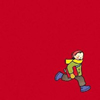 
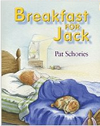 
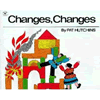 
NURSERY RHYME BOOKS
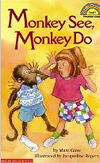 
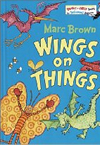 
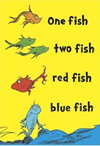 
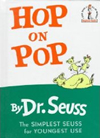 
BOARD BOOKS
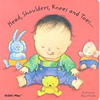 
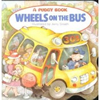 
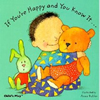 
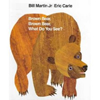 
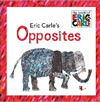 
BEGINNING READERS
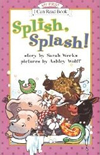 
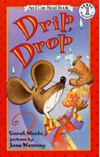 
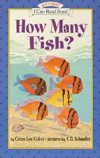 
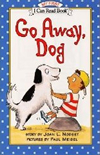 
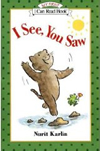 
FAIRY TALES
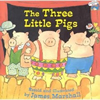 
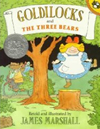 
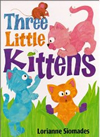 
CHILDREN’S BOOKS
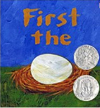 
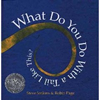 
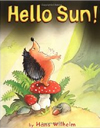 
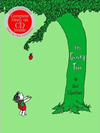 
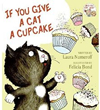 
|


